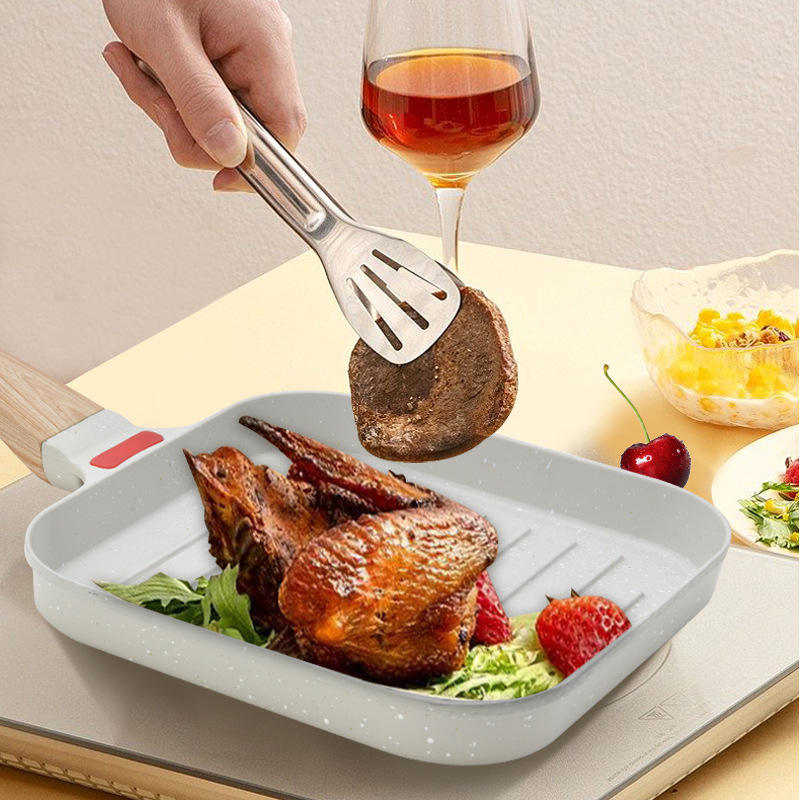Durability That Lasts a LifetimeA high quality stainless steel kitchen utensils set offers unmatched durability compared to plastic or wooden alternatives. Stainless steel resists corrosion, rust, and wear, ensuring the utensils remain in excellent condition even after years of daily use. This long-lasting durability makes it a smart investment for any home cook seeking reliable and sturdy kitchen tools.Hygienic and Easy to CleanOne of the most significant advantages of a high quality stainless steel kitchen utensils set is its hygienic nature. Stainless steel is non-porous, which means it does not harbor bacteria or stains. Cleaning these utensils is simple—most are dishwasher safe, facilitating easy maintenance and promoting a sanitary cooking environment.Elegant and Timeless AestheticHigh quality stainless steel kitchen utensils not only excel in functionality but also add a sleek, modern look to any kitchen. Their polished finish and minimalist design bring a timeless elegance that blends well with a variety of kitchen styles, providing visual appeal alongside practical utility.Heat Resistance for Safe CookingUnlike plastic or silicone utensils, a high quality stainless steel kitchen utensils set can withstand high temperatures without melting or deforming. This heat resistance enhances safety during cooking and allows for versatile usage, from stirring hot sauces to flipping items on a grill.Non-Reactive Material for Food SafetyStainless steel is a non-reactive material, which means it does not leach harmful chemicals or alter the taste of food. Using a high quality stainless steel kitchen utensils set ensures that meals retain their authentic flavors, making it a preferred choice among chefs concerned about food safety.Versatile Kitchen Tool CollectionA comprehensive high quality stainless steel kitchen utensils set typically includes essential tools such as spoons, spatulas, tongs, ladles, and whisks. This versatility allows cooks to perform a wide variety of cooking tasks efficiently, minimizing the need for additional tools and simplifying meal preparation.Eco-Friendly and Sustainable ChoiceChoosing a high quality stainless steel kitchen utensils set contributes positively to environmental sustainability. Stainless steel is fully recyclable, and its longevity reduces waste compared to disposable or low-quality utensils, making it an eco-conscious option for environmentally aware consumers.Ergonomic Design for Comfortable UseManufacturers of high quality stainless steel kitchen utensils often focus on ergonomic design features. Comfortable grips, balanced weight, and appropriately sized handles make cooking more enjoyable and reduce hand fatigue during extended food preparation sessions.Resistance to Stains and OdorsUnlike wooden or plastic utensils, a high quality stainless steel kitchen utensils set resists stains and odors from pungent foods such as garlic or onion. This characteristic ensures the set maintains a clean, fresh appearance and prevents cross-contamination of flavors between dishes.Cost-Effectiveness Over TimeAlthough the initial investment in a high quality stainless steel kitchen utensils set may be higher than cheaper alternatives, the longevity, durability, and ease of maintenance make it cost-effective in the long run. Avoiding frequent replacements saves money and delivers added value over years of use.Quote Inquirycontact us










